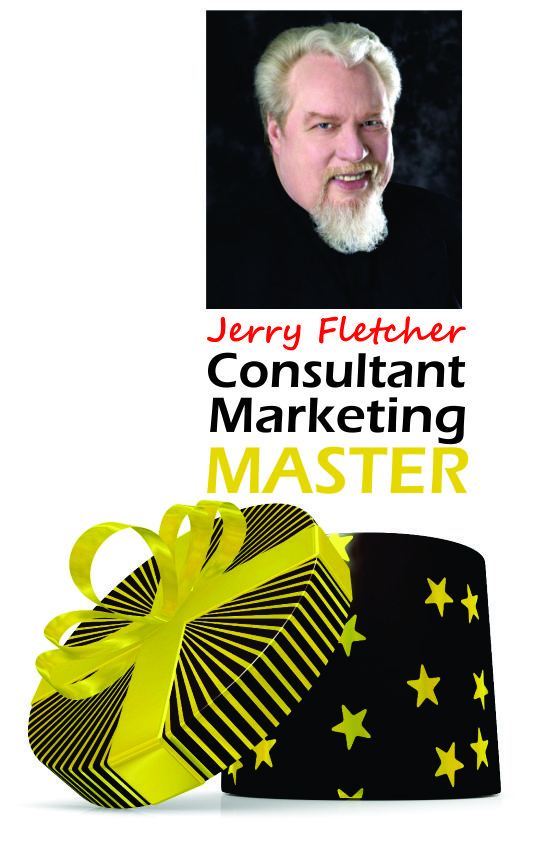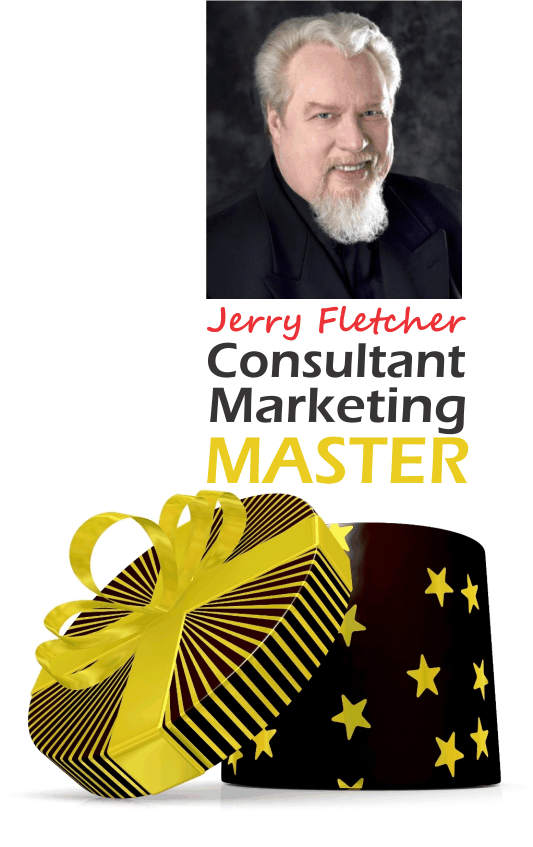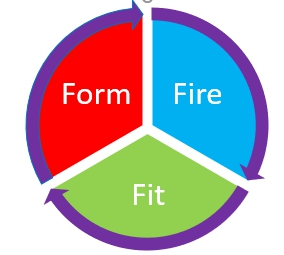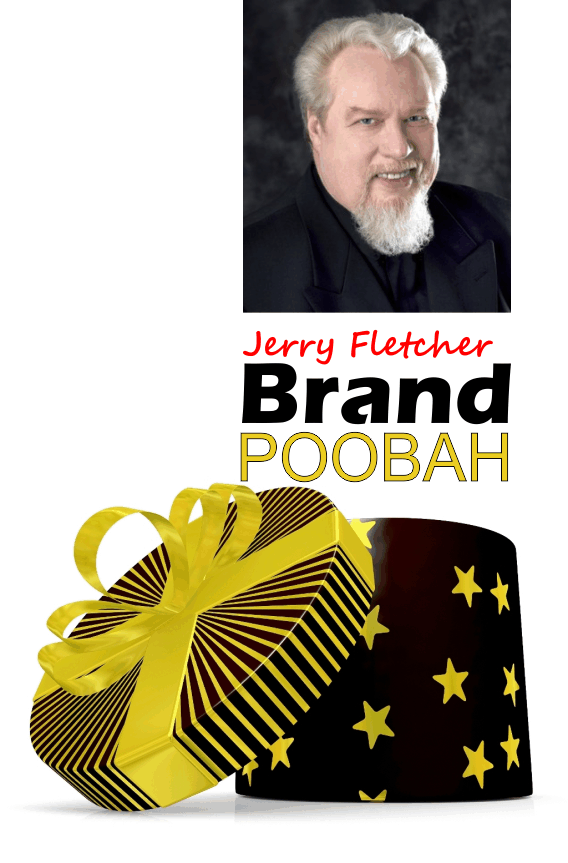
I’ve been doing testimonial videos for a client this week.
I’m not a video production expert. My equipment is rudimentary. I use Camtasia to edit. But the quality is sufficient for web sites and the candor I can evoke in the interviewee comes across powerfully because it is not puffery.
My interest is in what they have to say.
The questions I ask are about the concerns they had before and after engaging with the coaches and consultants I work with. I delve into their feelings before, during and after the engagement. I query for concrete results and outcomes.
Their actions speak louder than their words.
One thing comes through in all the interviews I’ve done over the last couple of years. Every single successful entrepreneur, CEO, President and corporate officer turned their phones off for the taping without being asked to do so.
I asked why.
The answer was that they did not want to be interrupted and that the phone simply being on could impede their concentration. Simply being on.
Their success speaks volumes.
These are men and women who recognize the focus a coach or consultant can help bring to their operations. They understand that clarity is the key to taking their organization up a notch and that human interactions are the fundamental driver of business success.
They are not tied to technology other that to use it as a tool.
They are not addicted to their cell phones.
They turn them off in order to concentrate.
Several of them noted that they have kept older, land line phone service so that an assistant can handle calls. They tell very few people their direct line.
Rapport generates honesty
Asking questions about both the emotional and literal results of working with someone tends to build rapport between the questioner and the respondent. Often that allows me to get honest answers to infrequently asked questions.
Ever ask someone why they are successful?
It started out as conversation to maintain the rapport while I broke down the video equipment, reclaimed the lapel mike and bundled everything into an old Case Logic video transport that I’ve converted for making sure I have all the gear in one place
Now it has become a standard operating procedure. These days I ask it in many ways:
- Is there some reason you believe your business is successful?
- What one thing do you think is why your company is doing well?
- Does technology make you successful or something else?
Technology is just a tool
Founders of small companies, owners and managers of mid-size companies, C-suite officers both product and service companies agree. Technology is not the reason they are successful. Using it when a competitor doesn’t sometimes gives you an edge. But, by the time it is affordable for smaller companies, the idea of disrupting an industry or even competition in a geographic area just isn’t going to happen. That is their assessment, not mine.
“You do well when you do it good”
He wasn’t the kind of CEO that is dressed for success. His jacket was casually thrown over a side chair. He did the video interview in shirt sleeves with his tie askew saying, “Anybody who knows me wouldn’t believe me if I got all gussied up, and folks like me wouldn’t either.”
When I asked why he thought his company was doing well he said, “This business is not rocket science. We’re distributors. We take orders on the phone and now online and we transport the product to your location. In this kind of business you do well when you do it good. There are two other companies that can handle your business around here. We have a reputation for doing what we say we are going to do. Been that way since I was drivin’ the only truck we had. Everybody that works here from the gal on the front desk to the mechanics that keep our rigs runnin’ gets it. We tell our customers we’ll get them what they need when then need it.
We keep our promises.”
Out of the mouths of babes
She was a definitely not a slouch. My client had told me about her MBA and how she had climbed the ranks in the financial industry and figured out a specialty service she could start with limited capital. She looked every bit the successful entrepreneur as she finished a phone call and gestured to a seat across from her desk. She put down the phone, clipped an earring back on her ear and asked if seated at her desk was okay for the video.
In the interview she was completely candid noting that she was working on her management skills as her organization had gone from zero to 7 figures in a year and was at the point where she was going to have to start handing off both responsibility and authority.
I asked, “Why do you think you are so successful?” Her response surprised me:
“A few years ago I thought I had it all figured out. I was the top producer in my firm, on the management track with a rosy future. But then the firm was sold. I hadn’t seen it coming. I’d gotten complacent. So I decided that the only sure thing was something I controlled. I’d had an inkling about this service but not the guts to go for it. Even faced with an uncertain future I wasn’t sure. I asked my pre-teen daughter if she would be worried if I started a business.
My darling daughter said, Go for it Mom. Try it. You always tell me to never stop learning. Since I opened the doors I’ve followed her advice. I hired your client to help me with leadership skills. I got what I paid for. We use a lot of technology but that keeps changing and I have to make sure my people are willing to keep learning. Knowing more about the law and how to run the numbers to our client’s advantage is what keeps us ahead of the curve. They trust us to know it better… to never stop learning. That’s why we’re successful.
Success is a matter of trust.
Trust in your judgement.
Trust in your staff
Trust in your customers
And so it goes.
Jerry Fletcher is a sought-after International Speaker, a beBee ambassador, founder and CEO of Z-axis Marketing, Inc.
His consulting practice, founded in 1990, is known for on and off-line Trust-based Consultant Marketing strategies that build businesses, brands and lives of joy.
Consulting:
www.JerryFletcher.com
Speaking: www.NetworkingNinja.com

























